A journalist’s journey into Culion & Coron
The Philippines coined the term “People Power”. Discover, on the ground and on the water why People Power still resonates in picturesque Culion and Coron, making for awesome tourism.
The Programme
Day 1-2 Culion guided walk & museum visit:
Today we wander through the town once the world’s largest leper colony, the silver lining the residents’ turning a chilling legacy that included generations of stolen children into a topic of pride.
The streets are not busy with traffic and walking suits the dozens of stops to read signs and observe buildings, other structures like the leper colony gate, statues of American and Filipinos enriching the history of Culion.
With its huge collection of leprosy memorabilia stretching back 120 years, the museum has raw appeal, freezing a visit in time. Take the lab with its early twentieth century equipment, very advanced in its day, the lab instrumental in developing treatments for leprosy, a poignant echo of recent frantic efforts to find treatments and vaccines for coronavirus.
Description:
A 90 minute walk starts at the port, revealing how families arriving from all corners of the Philippines to be isolated and treated for leprosy. Some 300 metres from the port is a wall that until the mid-1990s was the border between the Sanitarium with the diseased population and the “clean” part of town. Moving on through the Sanitarium section is the jail for unruly lepers, then it’s the Church atop a bluff. It’s not lost on visitors that the Catholic Church, which effected the theft of generations of children, occupies an old Spanish fort, the coral brick building protected by a large, Spanish-era cannon. It was outside this church in 1999 the tour leader interviewed a nun for a magazine story revealing how the children of infected mothers were removed from their families even though the fathers were disease-free.
A short walk and it’s the hospital, and the town square where lepers would sit on benches, waiting for treatment. Then there’s the saddest of many melancholic places, the building housing leper mothers, separated by glass from their children. Above is a giant snake-like insignia of the Hippocratic Oath emblazoned on the mountain above Culion. It’s a 15-minute hike with a panoramic view of the town, the towering limestone island of Coron in the background. It’s a fine spot to disclose how the town of Culion survived the Japanese occupation: they were scared to get the disease and gave the community, which then included the disease-free population taking sanctuary in the enclosed Sanitarium portion, a wide berth. Culion is the subject matter of a significant Philippine feature film, released just as the Covid crisis erupted. (In camp on the night following the tour there will be a film showing and talk under the stars). A museum visit of 60 minutes follows the hike up the hill. The museum is open weekdays but not on public holidays unless a special opening is pre-arranged.
The takeaway message? Look to Culion’s historical and heritage treasure trove, and the resilience of the victims of leprosy and their descendants, for the silver lining of a pandemic.
So in-the-face is Culion’s past that residents of Culion had little choice but to embrace their leprosy roots. Having done so, the pride and joy of the people is palpable.
Culion is as strong a Catholic town as any in the Philippines, residents attending mass religiously at the Catholic Church built atop a Spanish fort, an institution that removed children from leper mothers.
There’s no escaping the past, the universal symbol for health – the snake-like Hippocratic Oath insignia – carved on the mountainside above the town, a poignant reminder.
The museum reminds visitors that Culion pioneered ground-breaking research into leprosy yet steadfastly drove the dogma of segregation “to stop the spread”. Deja vu aside, no one can be unmoved by the account of children in the care of nuns separated from their mothers by a wall of glass at Balala Nursery.
Day 3 – Delving deep into tribal culture
Nothing lifts the lid on tribal culture like a dish shared when the key ingredient is poisonous if not prepared properly: Savour a view, a yarn and a meal referred to as “Tagbanua roulette” with Reden’s family.
Today it’s cultural immersion, a guided walk and optional meal to get an intimate appreciation of Tagbanua culture ahead of paddling into the Sacred Lagoon on Day 4.
Description:
The meal and banter taking 45 minutes is preceded by a 60 minute guided walk through a Tagbanua family’s banana and sweet potato garden to a lookout over a green lagoon, birds nest caves beyond. Another point of interest of the walk is a cave that descends into a body of brackish water with the option of a dip. Lakes make up about half the area of Coron Island, some being super-sacred, homes to the giant octopus–the most powerful deity of the Tagbanua. The centre of family life is by the sea where the family has its outrigger banca, a homemade styrofoam kayak with double-bladed paddle (any guessing as to how the design of the paddle came about in the past two decades?) and a solar charging panel.
What we get out of this experience?
- Knowledge that Tagbanua culture is defined by water, a product of Coron’s largely uninhabitable limestone kast topography.
It’s no accident Reden’s home is a cave at the edge of the water and his favoured view the green lagoon
Reden’s garden and birds’ nests aside, it is the sea that sustains Tagbanua culture. The sea – as well as the lakes — are at the core of Coron’s identity.
Sharing a meal whose key ingredient derives from land and not sea is a distinct compliment: the Tagbanua are not alone in gifting visitors a taste of the exotic!
Day 4: Remote Coron kayak
Experience the majesty and drama of Coron’s undercut cliffs one paddle stroke at a time before entering the Secret Lagoon, a sacred place with its own language demanding silence on pain of punishment.
Launched from the mother outrigger banca or beach camp, the kayak trip hugging the undercuts takes up to six hours, a highlight being bamboo poles placed precariously aiding the harvest of birds’ nests as high as 200 metres from caves in the sheer limestone cliffs above. Paddlers also do a circuit of the green lagoon seen from Reden’s lookout, an opportunity to see how seaweed is grown and harvested. Gliding again en route to the Secret Lagoon beneath the heavily-undercut cliffs paddlers lose all sense of time, like being in a cave. Sightings of cormorants, kingfishers, sea eagles are common. Phosphorescence abounds as do scuttling crabs. When entering the Secret Lagoon paddlers had already digested the stories of punishment, starting with an elder and elected official who cut trees for profit and was whipped, ending with an account passed on by Willie, an elder at the entrance of the green lagoon – the one seen from Reden’s lookout — about punishment being dished out for being noisy! Silence prevails.
There’s no better way of connecting with the seafaring Tagbanua who themselves paddle to get around their virtually impenetrable island than by kayaking. Not only is paddling a compatible activity culturally it maximizes the experience that comes with accessing some of the most significant portions of Coron Island. Kayaks also afford a ready way to connect with both individual paddlers and kayakers as a group.
Description:
Paddlers launch for their 4-hour paddle to the Secret Lagoon from their motorised outrigger support boat or from a Coron island beach camp, where the previous night we would have had Willie, a Coron elder, over for a chat around the camp fire. Ever since he instilled fear in the children of two Australian families paddling the east coast by telling them that kids had been whipped for being noisy, he delights in waxing lyrical about the strictures of Tagbanua traditions.
Fully briefed, paddlers depart at low to medium tide from near Callis Point to kayak some 15 kms to the Secret Lagoon, passing under undercut cliffs, imitating the experience of caving when all sense of time is lost. The passage through the undercuts is punctuated by the site of bamboo poles attached precariously to the towering limestone cliffs. The poles help Tagbanua access their birds’ nests. Also on the itinerary is a circuit of the green lagoon and an examination of the seaweed farms, dropping paddle at a couple of beaches and viewing eagles, cormorants, kingfishers, crabs. Finally a slit in the limestone coast allows passage into the Secret Lagoon, a body of water of intense green and blue hues. On its limestone walls are a species of slipper orchid said to be found nowhere else in the world. So important to the Tagbanua is their lagoon it has a distinct language. Those who don’t know it must shut up on pain of punishment. The lagoon is tiny by Coron standards, but paddlers have been known to be mesmerized after enduring the tidal drum beat of the waves pounding in the undercuts, such that many hours can elapse. Tribal Adventures will hope to limit the experience to 30 minutes, making the total paddling time for the east Coron paddle to the Secret Lagoon to 3 ½ hours.
Take-home message: There’s no better tropical sea paddle
What you’ll experience?
The majesty, drama and tranquility of paddling Coron’s east coast, losing a sense of time kayaking Coron’s spectacular undercuts
After transitioning from cormorants to kingfishers, from pulsating sea to tranquil waters, you’ll arrive at the Secret Lagoon and listen to its Silence.
Kayak out of the lagoon to the waiting banca and cruise back 2 hours to Coron town. Van pick up will have you back in your Coron hotel by 6 pm.
End of Tour
| Category: | Expeditions |
|---|---|
| Tags: | banca, camp, cruise, culture, heritage, history, indigenous, kayak, leprosy |
Join me, foreign correspondent of old Greg Hutchinson on a trip to Culion, once the largest leper colony in the world and Coron, now an island whose land and waters are Indigenous-owned.
These communities have conquered the odds to control their destiny through the exercise of “People Power”.
Discover, on the ground and on the water why People Power still resonates in picturesque Culion and Coron, maximizing the visitor experience.
Axiomatic in a country that in 1986 coined the term “People Power”, a movement that presaged the collapse of the Soviet Union and the Berlin Wall, people empowerment spells sustainability for Philippine tourism. No truer does this maxim apply than to Culion, once the world’s largest leper colony, and to Coron, a popular indigenously-owned limestone karst island.
Guided walks through the town of Culion and another in the home and the remote grounds of a Coron tribal family, as well as a rare coastal kayak paddle to a hidden, sacred lagoon — also in Coron — are enriched by the inhabitants’ acquisition of control over their resources. In practical terms this means the residents of Culion and the custodians of Coron have opened their communities to visitors at their own pace and on their own terms, benefitting themselves to the exclusion of old interlopers. As recently as 25 years ago (and an echo of 2020), Culion was governed by medical bureaucrats guided by the age-old strategy of segregating diseased persons. Since 2002 the indigenous Tagbanua of Coron have owned their island and a vast expanse of the sea–a remarkable advance by any standards—and a reform that saw life expectancy, school attendance and economic outcomes rise and the future of a people assured.
Purpose
Tribal Adventures focuses on indigenous advocacy, and more broadly people empowerment—its founder co-authored a book about the second bout of people power in 2001. Tribal Adventures has built schools and houses, and has run many hundreds of low-impact day trips and multi-day expeditions for singles, couples, families, groups of fewer than 15 people. It also rus weeklong survival skills programmes for international school children aged 9-17 and others at its Palawan SandCastles adventure base.
Audience
Mobile, moderately fit persons 6 to 90 years of age qualify to join me Greg Hutchinson at 60+ on my 4-day journey running upon request from April to November featuring among a plethora of activities snorkeling, hiking, a tribal feast and kayaking Coron’s exquisite east coast. Accommodation is in a hotel for the first night and camping de luxe on white sandy beaches on the second and third nights.
Families are welcome, children able to be accommodated in all activities, and yes special tailoring is possible as the trips are private and not scheduled group trips. When parents want private time away from their kids, Tribal Adventures assigns either the cook or camp manager to look after them, providing opportunities for cultural exchange. The principal source markets are Europe, the United Kingdom, United States of America, Canada, Australia, New Zealand, Hong Kong, Singapore, Taiwan and Japan.
Principal Tour message:
People + Culion + Coron = More than meets the eye.
Skeletal itinerary
Day 1,
8.30am – Coron hotel van pick-up, transfer to expedition banca boat; pre-departure briefing
9am – 10.30am Cruise to Lusong Wreck; merienda & snorkel
12-1pm – Lunch on Pass Island beach
1-2 pm – Kayak
2-3pm cruise to Nemo Reef snorkel
5 pm – Arrive Culion; take 45-minute a guided walk to Maya Hotel—check-in;
7-9 dinner & karaoke
(Lunch, Dinner)
Day 2,
Coffee. 7-8.30 am continue our guided Culion town walking tour.
8.30-9am Brunch on boat.
9-10.30am Walk to Museum & museum tour.
11 am Hotel checkout.
12-1.30pm Kayak Culion coast & mangrove channel.
1.30pm Lunch on board while cruising to Malcapuya Island; snorkel. Cruise to Ditaytayan beach & camp, arriving before 5pm
(Breakfast, Lunch, Dinner)
Day 3,
Breakfast, break camp, at 8am depart for Coron. Arrive Southwest lagoons for kayaking & hike Reden’s farm to lookout followed by tribal lunch. Kayak to boat. Cruise to beach and set up camp.
(Breakfast, Lunch, Dinner)
Day 4,
Breakfast, break camp, 8am departure for start point of “Time Tunnel” Kayak. Merienda out of kayaks.
1pm lunch at Hammock Beach. Kayak Secret Lagoon. Cruise to Coron town, arriving 5pm. (Breakfast, Lunch)
The Programme
Day 1-2 Culion guided walk & museum visit:
Today we wander through the town once the world’s largest leper colony, the silver lining the residents’ turning a chilling legacy that included generations of stolen children into a topic of pride.
The streets are not busy with traffic and walking suits the dozens of stops to read signs and observe buildings, other structures like the leper colony gate, statues of American and Filipinos enriching the history of Culion.
With its huge collection of leprosy memorabilia stretching back 120 years, the museum has raw appeal, freezing a visit in time. Take the lab with its early twentieth century equipment, very advanced in its day, the lab instrumental in developing treatments for leprosy, a poignant echo of recent frantic efforts to find treatments and vaccines for coronavirus.
Description:
A 90 minute walk starts at the port, revealing how families arriving from all corners of the Philippines to be isolated and treated for leprosy. Some 300 metres from the port is a wall that until the mid-1990s was the border between the Sanitarium with the diseased population and the “clean” part of town. Moving on through the Sanitarium section is the jail for unruly lepers, then it’s the Church atop a bluff. It’s not lost on visitors that the Catholic Church, which effected the theft of generations of children, occupies an old Spanish fort, the coral brick building protected by a large, Spanish-era cannon. It was outside this church in 1999 the tour leader interviewed a nun for a magazine story revealing how the children of infected mothers were removed from their families even though the fathers were disease-free.
A short walk and it’s the hospital, and the town square where lepers would sit on benches, waiting for treatment. Then there’s the saddest of many melancholic places, the building housing leper mothers, separated by glass from their children. Above is a giant snake-like insignia of the Hippocratic Oath emblazoned on the mountain above Culion. It’s a 15-minute hike with a panoramic view of the town, the towering limestone island of Coron in the background. It’s a fine spot to disclose how the town of Culion survived the Japanese occupation: they were scared to get the disease and gave the community, which then included the disease-free population taking sanctuary in the enclosed Sanitarium portion, a wide berth. Culion is the subject matter of a significant Philippine feature film, released just as the Covid crisis erupted. (In camp on the night following the tour there will be a film showing and talk under the stars). A museum visit of 60 minutes follows the hike up the hill. The museum is open weekdays but not on public holidays unless a special opening is pre-arranged.
The takeaway message? Look to Culion’s historical and heritage treasure trove, and the resilience of the victims of leprosy and their descendants, for the silver lining of a pandemic.
Culion’s past has been so ever-present that residents of Culion have had little choice but to embrace their leprosy roots. Having done so, the pride and joy of the people is palpable.
Culion is as strong a Catholic town as any in the Philippines, residents attending mass religiously at the Catholic Church built atop a Spanish fort, an institution that removed children from leper mothers.
There’s no escaping the past, the universal symbol for health – the snake-like Hippocratic Oath insignia – carved on the mountainside above the town, a poignant reminder.
The museum reminds visitors that Culion pioneered ground-breaking research into leprosy yet steadfastly drove the dogma of segregation “to stop the spread”. Deja vu aside, no one can be unmoved by the account of children in the care of nuns separated from their mothers by a wall of glass at Balala Nursery.
Day 3 – Delving deep into tribal culture
Nothing lifts the lid on tribal culture like a dish shared when the key ingredient is poisonous if not prepared properly: Savour a view, a yarn and a meal referred to as “Tagbanua roulette” with Reden’s family.
Today it’s cultural immersion, a guided walk and optional meal to get an intimate appreciation of Tagbanua culture ahead of paddling into the Sacred Lagoon on Day 4.
Description:
The meal and banter taking 45 minutes is preceded by a 60 minute guided walk through a Tagbanua family’s banana and sweet potato garden to a lookout over a green lagoon, birds nest caves beyond. Another point of interest of the walk is a cave that descends into a body of brackish water with the option of a dip. Lakes make up about half the area of Coron Island, some being super-sacred, homes to the giant octopus–the most powerful deity of the Tagbanua. The centre of family life is by the sea where the family has its outrigger banca, a homemade styrofoam kayak with double-bladed paddle (any guessing as to how the design of the paddle came about in the past two decades?) and a solar charging panel.
What we get out of this experience?
- Knowledge that Tagbanua culture is defined by water, a product of Coron’s largely uninhabitable limestone kast topography.
2. It’s no accident Reden’s home is a cave at the edge of the water and his favoured view the green lagoon
3. Reden’s garden and birds’ nests aside, it is the sea that sustains Tagbanua culture. The sea – as well as the lakes — are at the core of Coron’s identity.
4. Sharing a meal whose key ingredient derives from land and not sea is a distinct compliment: the Tagbanua are not alone in gifting visitors a taste of the exotic!
Day 4: Remote Coron kayak
Experience the majesty and drama of Coron’s undercut cliffs one paddle stroke at a time before entering the Secret Lagoon, a sacred place with its own language demanding silence on pain of punishment.
Launched from the mother outrigger banca or beach camp, the kayak trip hugging the undercuts takes up to six hours, a highlight being bamboo poles placed precariously aiding the harvest of birds’ nests as high as 200 metres from caves in the sheer limestone cliffs above. Paddlers also do a circuit of the green lagoon seen from Reden’s lookout, an opportunity to see how seaweed is grown and harvested. Gliding again en route to the Secret Lagoon beneath the heavily-undercut cliffs paddlers lose all sense of time, like being in a cave. Sightings of cormorants, kingfishers, sea eagles are common. Phosphorescence abounds as do scuttling crabs. When entering the Secret Lagoon paddlers had already digested the stories of punishment, starting with an elder and elected official who cut trees for profit and was whipped, ending with an account passed on by Willie, an elder at the entrance of the green lagoon – the one seen from Reden’s lookout — about punishment being dished out for being noisy! Silence prevails.
There’s no better way of connecting with the seafaring Tagbanua who themselves paddle to get around their virtually impenetrable island than by kayaking. Not only is paddling a compatible activity culturally it maximizes the experience that comes with accessing some of the most significant portions of Coron Island. Kayaks also afford a ready way to connect with both individual paddlers and kayakers as a group.
Description:
Paddlers launch for their 3-hour paddle to the Secret Lagoon from their motorised outrigger support boat or from a Coron island beach camp, where the previous night we would have had Willie, a Coron elder, over for a chat around the camp fire. Ever since he instilled fear in the children of two Australian families paddling the east coast by telling them that kids had been whipped for being noisy, he delights in waxing lyrical about the strictures of Tagbanua traditions.
Fully briefed, paddlers depart at low to medium tide from near Callis Point to kayak some 15 kms to the Secret Lagoon, passing under undercut cliffs, imitating the experience of caving when all sense of time is lost. The passage through the undercuts is punctuated by the site of bamboo poles attached precariously to the towering limestone cliffs. The poles help Tagbanua access their birds’ nests. Also on the itinerary is a circuit of the green lagoon and an examination of the seaweed farms, dropping paddle at a couple of beaches and viewing eagles, cormorants, kingfishers, crabs. Finally a slit in the limestone coast allows passage into the Secret Lagoon, a body of water of intense green and blue hues. On its limestone walls are a species of slipper orchid said to be found nowhere else in the world. So important to the Tagbanua is their lagoon it has a distinct language. Those who don’t know it must shut up on pain of punishment. The lagoon is tiny by Coron standards, but paddlers have been known to be mesmerized after enduring the tidal drum beat of the waves pounding in the undercuts, such that many hours can elapse. Tribal Adventures will hope to limit the experience to 30 minutes, making the total paddling time for the east Coron paddle to the Secret Lagoon to 3 ½ hours.
Take-home message: There’s no better tropical sea paddle
What you’ll experience?
The majesty, drama and tranquility of paddling Coron’s east coast, losing a sense of time kayaking Coron’s spectacular undercuts
After transitioning from cormorants to kingfishers, from pulsating sea to tranquil waters, you’ll arrive at the Secret Lagoon and listen to its Silence.
Kayak out of the lagoon to the waiting banca and cruise back 2 hours to Coron town. Van pick up will have you back in your Coron hotel by 6 pm.
End of Tour
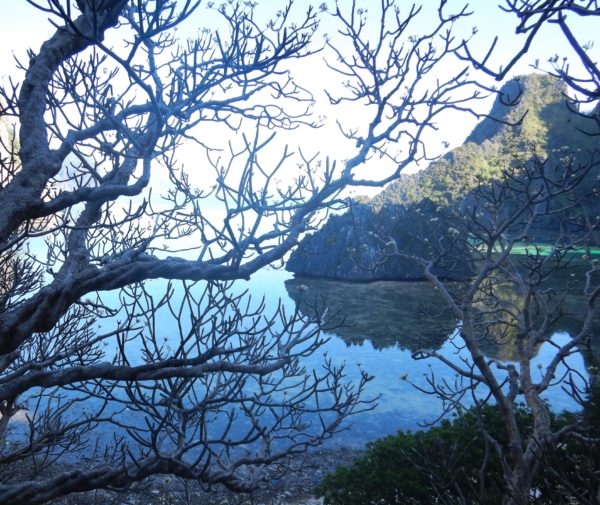
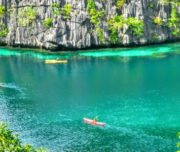
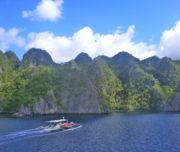
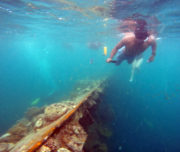
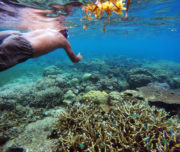
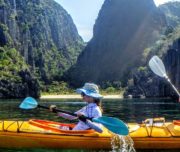
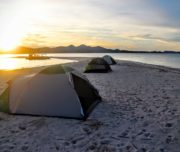
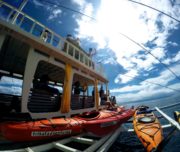
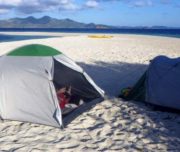
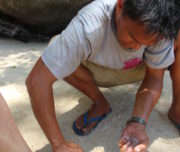
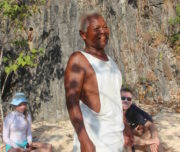
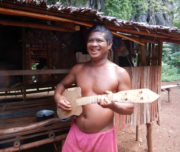
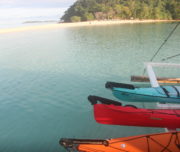
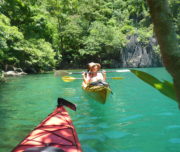
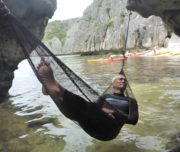
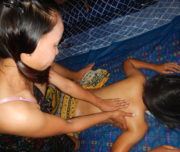
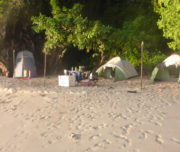
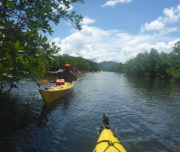
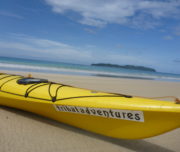
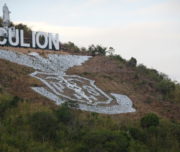
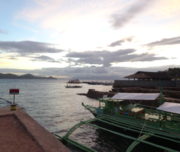
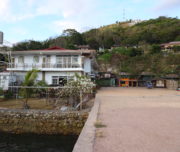
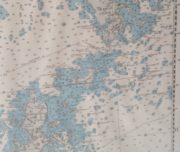
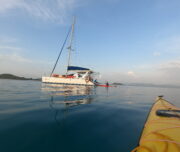
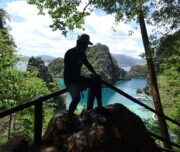
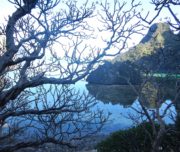
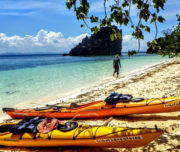
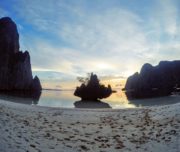
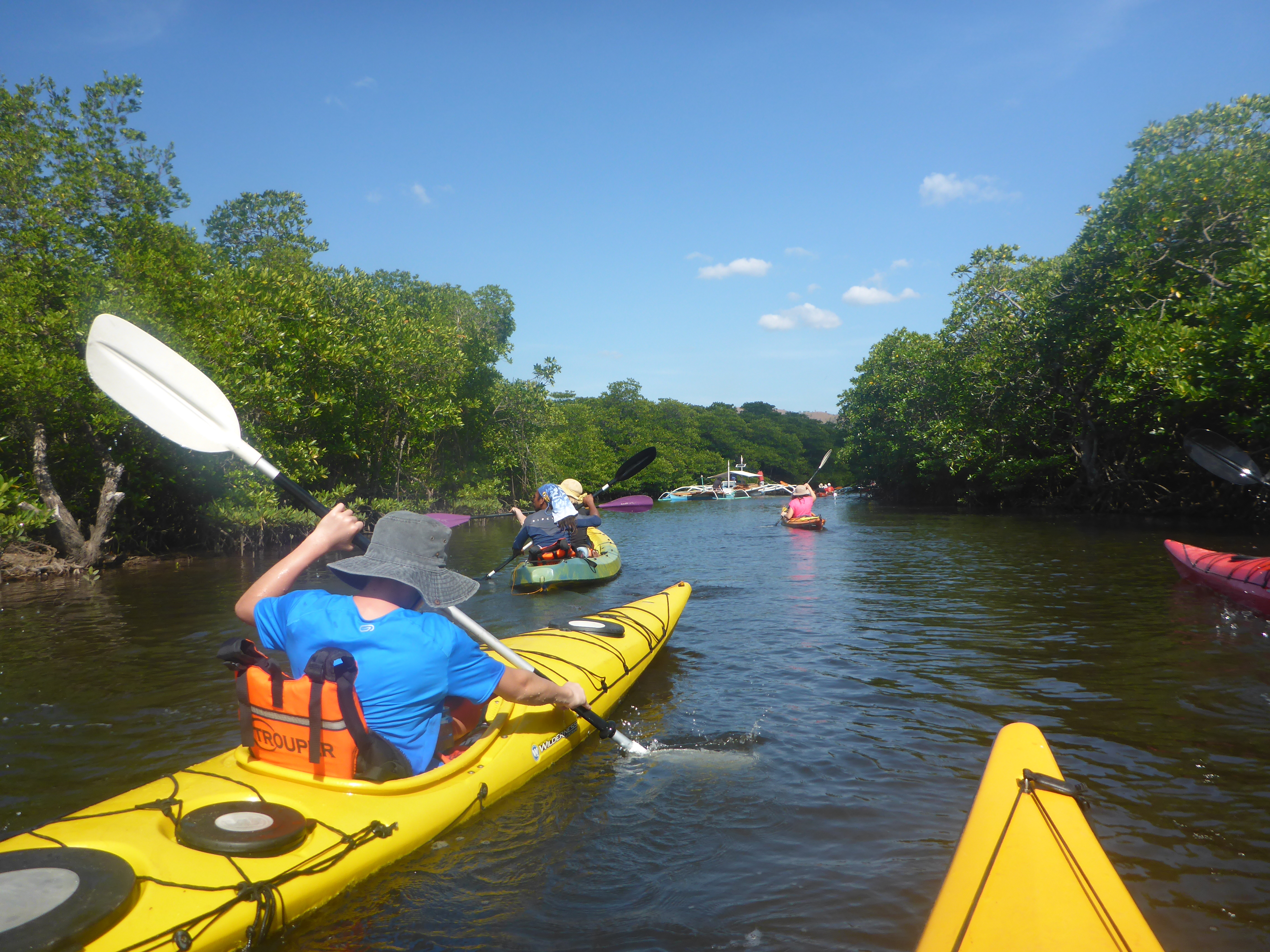
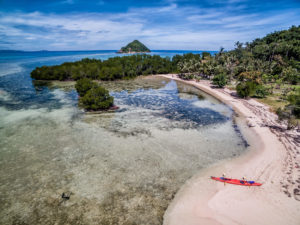
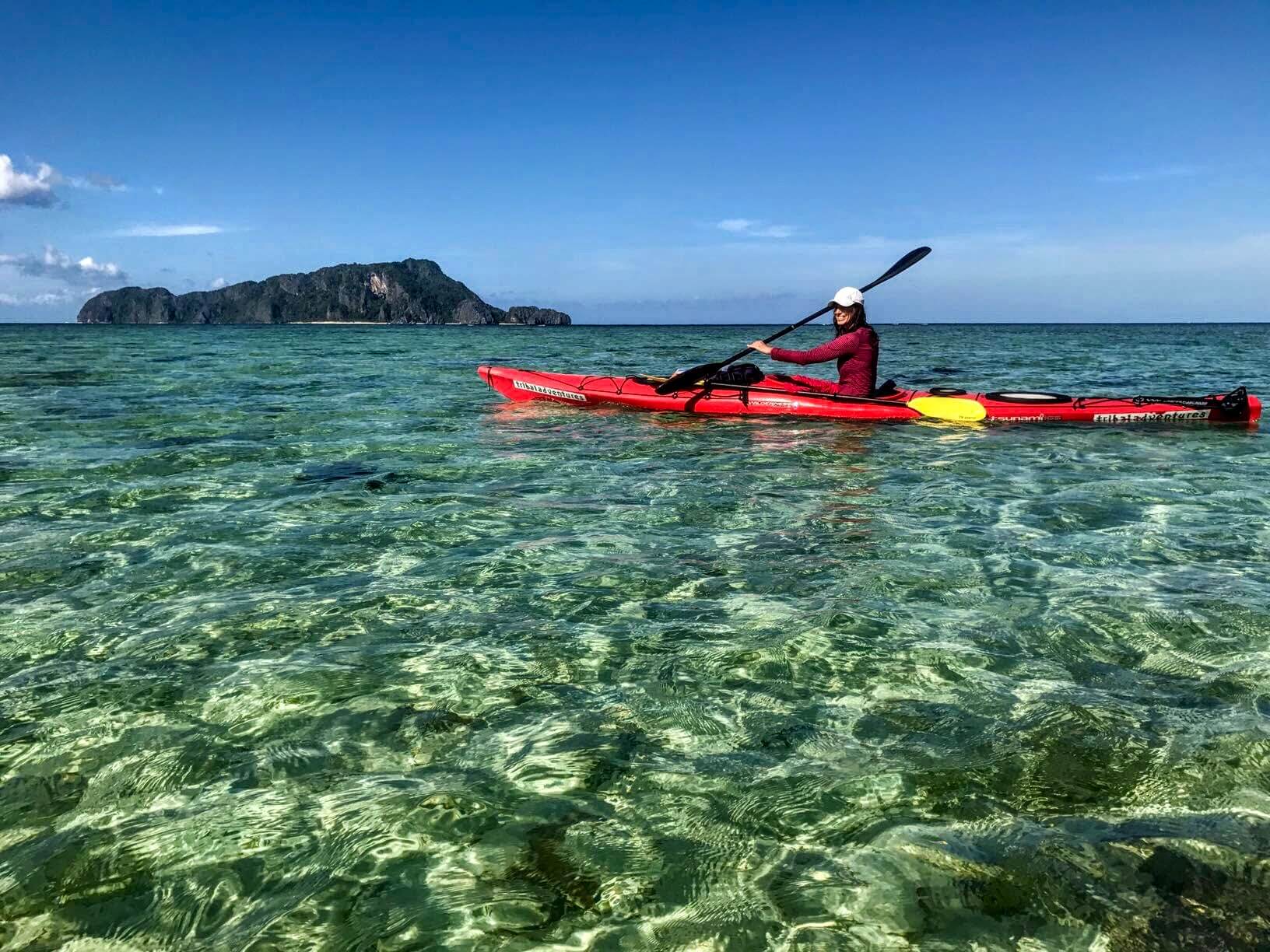
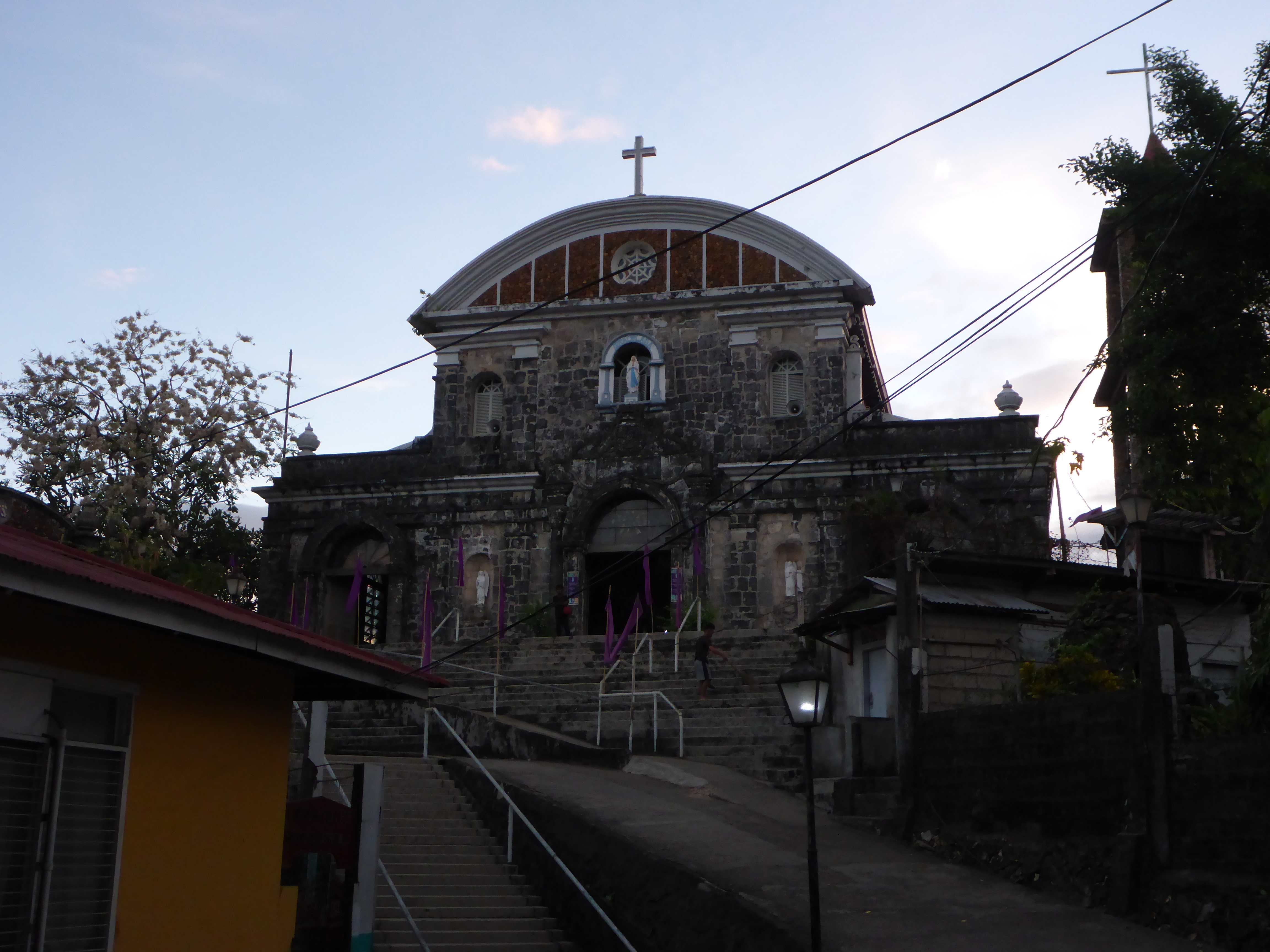
Tour Reviews
There are no reviews yet.
Leave a Review